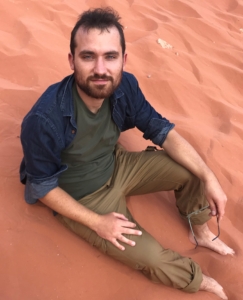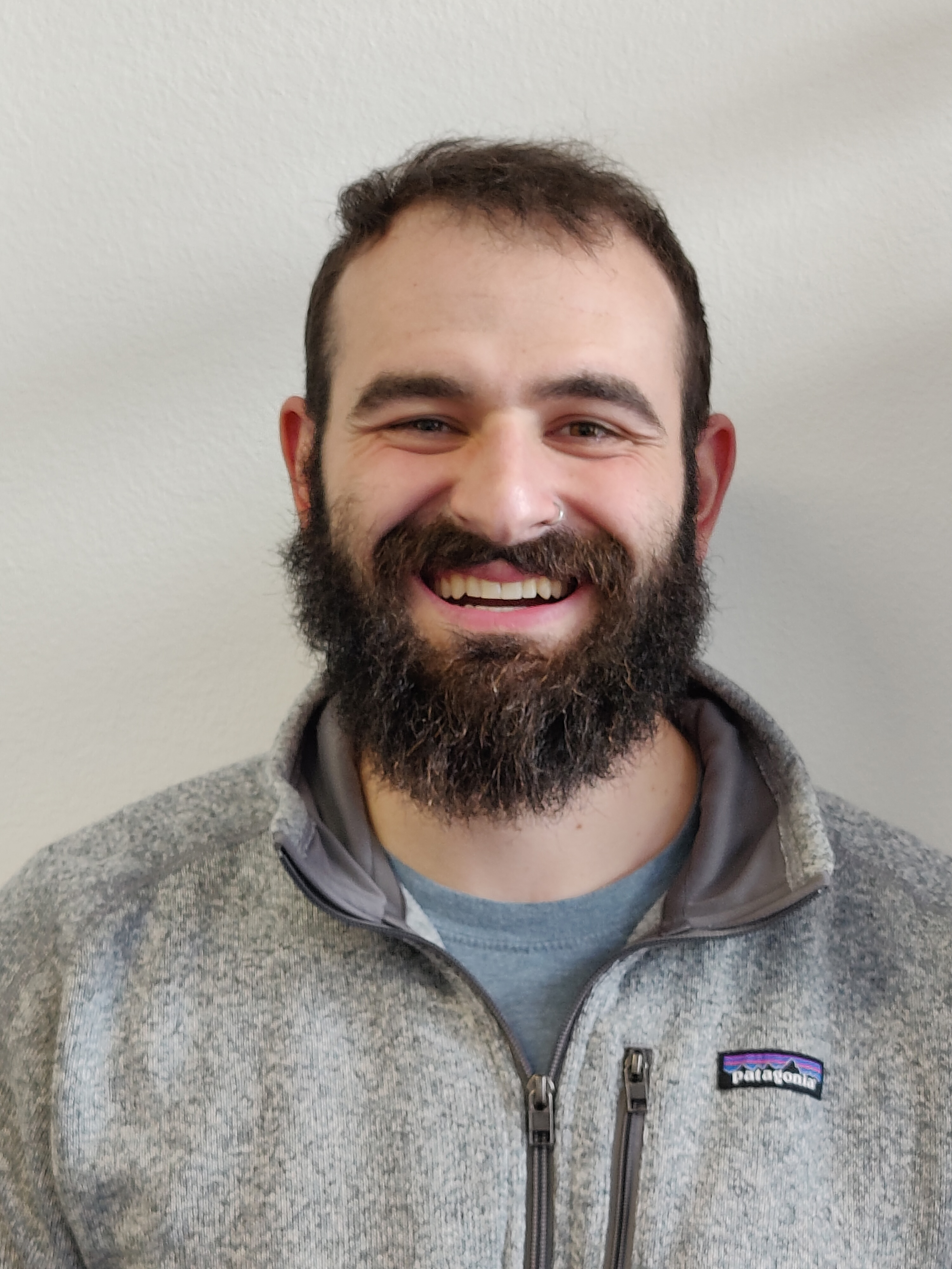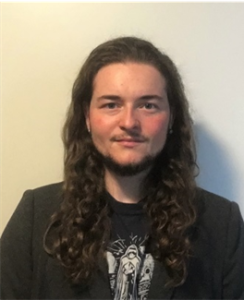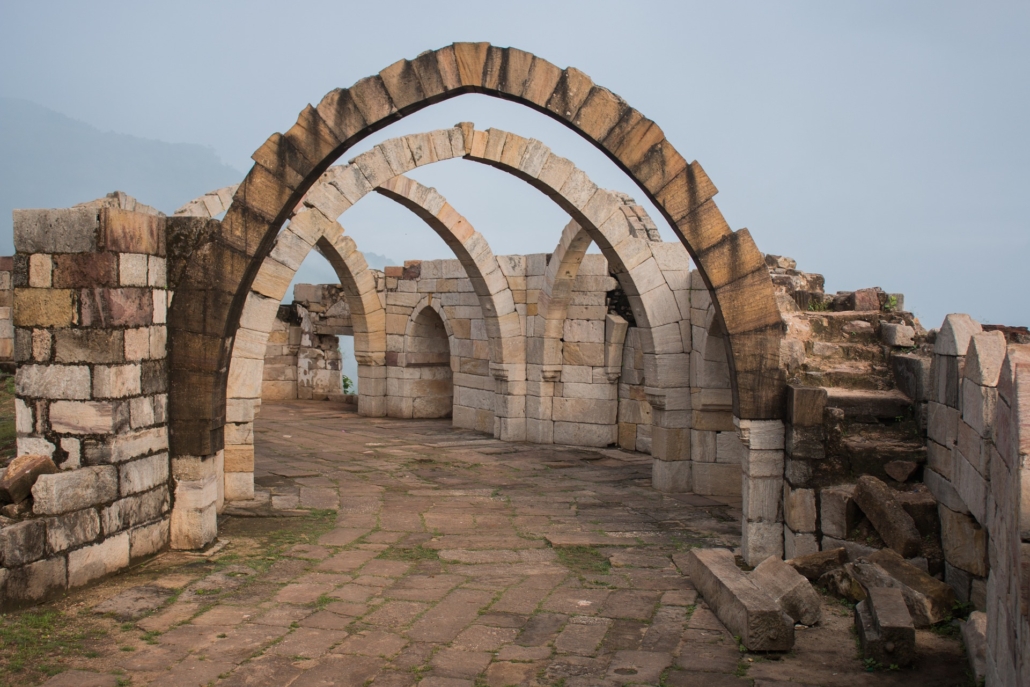Mediterranean Archaeology
Staff members
Prof. dr. A.N. (Ann) Brysbaert, Leiden University
Dr. A. (Anita) Casarotto, University of Groningen
Prof. dr. J.P. (Jan Paul) Crielaard, Vrije University Amsterdam
Dr. T.M. (Tamara) Dijkstra, University of Groningen
Dr. ir. M.J. (Mark) Driessen, Leiden University
Prof. dr. B.S. (Bleda) Düring, Leiden University
Dr. F. (Floris) van den Eijnde, Utrecht University
Dr. T.C.A. (Tymon) de Haas, University of Groningen
Dr. A.T. (Letty) ten Harkel, Leiden University
Dr. J.R. (Jill) Hilditch, University of Amsterdam
Prof. dr. L. (Lidewijde) de Jong, University of Groningen
Dr. A.C. (Anna) Moles, University of Groningen
Prof. dr. S.T.A.M. (Stephan) Mols, Radboud University
Dr. A.J. (Bert) Nijboer, University of Groningen
Dr. O.P. (Ortal-Paz) Saar, Utrecht University
Prof. dr. A. (Astrid) van Oyen, Radboud University
Dr. A. (Mieke) Prent, Vrije University Amsterdam
Drs. M. (Martina) Revello Lami, Leiden University
Dr. M. (Manuela) Ritondale, University of Groningen
Dr. R. (Rolf) Strootman, Utrecht University
Prof. dr. M. J. (Miguel John) Versluys, Leiden University
Prof. dr. S. (Sofia) Voutsaki, University of Groningen
Prof. dr. J.A.C. (Joanita) Vroom, Leiden University
Dr. J. (Jitte) Waagen, University of Amsterdam
PhD members
Nicholas Aherne, University of Groningen
Encoffined Bodies: on the role of decorated sarcophagi in the funerary customs of coastal Lebanon during the Roman period
I am a PhD Researcher at the University of Groningen. I am an archaeologist and classicist, specialising in material and visual culture of the Roman provinces, particularly funerary and cultic material from the Roman East. My thesis investigates the functionality of sarcophagi within ritual activity of Lebanon. My dataset comprises legacy data that thus far have not been well published. I raise questions about how these data can function and be optimally conservated within their present-day communities. I employ an interdisciplinary approach, examining various data categories and elements of the sarcophagi (material, shape, size, iconography, inscriptions). A particular aim of mine is to reconcile artistic and archaeological approaches to Roman tombs. Ultimately, this thesis will illuminate values and ideologies of individuals and communities in Roman Lebanon. This PhD belongs to the wider MARE Project (Mortuary Archaeology of the Roman East).
Tomasso Della Seta, University of Groningen
Permitte Divis Cetera (Horace, Odes, I.9): Cult Places, Ritual Landscapes and their socio-economic embedding in Archaic and Republican Latium Vetus
The research’s main aims are a reconstruction of the archaeological history of the cult places in ancient Ardea, Satricum and Lanuvium; their embedding in the changing settled landscape; and the interpretation of the relationship between changing cult places and their social, economic and demographic context. This research project started after years of dealing with monuments, architectures and landscapes from ancient Latium, having been part of Progetto Lazio Antico (Sapienza Università di Roma – Lazio Region); trying to collect all the information about a topic, or a place, and then extrapolate new information on its archaeological history in order to understand it better, has always been the main focus of my research.
John Turco, University of Groningen
Rituals in Space: Reconstructing Funerary Rituals through Gifts and Bones
I am a PhD student at the University of Groningen. My project focuses on the Roman periods of Pisidia and Lebanon and seeks to analyze funerary assemblages and spaces with special attention to their function in the funerary rituals of their respective regions. I am a member of the MARE (Mortuary Archaeology of the Roman East) Project. The MARE team work on different components of funerary assemblages spanning portraiture, sarcophagi, and epigraphy with a focus on the way these aspects influence the way that the living and the dead interact. My research interests include theoretical approaches to ritual in the mortuary record, sensory archaeology, and the spatial analysis of tombs.![]()




